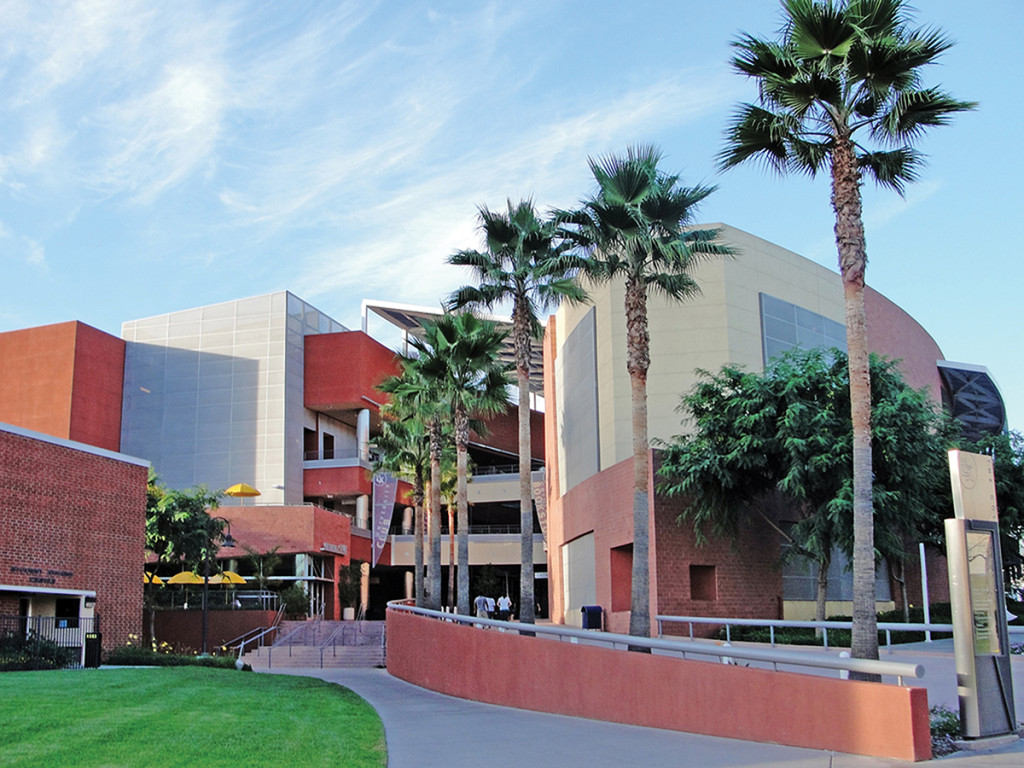
Cal State Los Angeles (CSULA) recently generated controversy when it announced the creation of a specific housing option for “those interested in issues concerning the black community.” The move by CSULA follows other California universities such as Stanford and Berkeley, which offer ethnic themed housing, and continues CSULA’s development of their own themed living communities. Despite being open to students of all ethnicities, CSULA’s new Halisi Scholars Black Living-Learning Community has raised concerns that it runs counter to the interests of minority groups as a form of segregation.
The first concern raised by the creation of self-segregated housing is that it isolates minority groups and prevents them from being integrated into campus communities at large. Historically, American minorities have been actively discouraged — if not banned outright by law — from receiving an education from the same institutions as whites, not to mention being forced to live in distinct areas for the same reasons. Segregation, even if taken up willingly by those who choose to enter these types of campus communities, and even if it is not total (insofar as, say, non-black students are not prohibited from living in black housing, being allies and sharing their concerns), goes against the progress that has been made since the Civil Rights era.
Furthermore, this isolation of minority groups creates the sense that those who are part of these communities (except, perhaps, their allies) are outsiders. Someone who is not affiliated with one of these themed residence communities might take to asking if there is something different about the group it attempts to cater to. Once this happens, it becomes difficult to accept that group, whatever it may be, as equals in a university setting.
The second major problem here is that, despite intending to protect minorities from racist attacks and discrimination, minority-focused housing communities create a target for harassment. An obvious danger is the chance that trolls and other classes of racists will see these types of communities as places on which they can focus their hate. In addition, as this trend grows, there are other groups that may protest themed housing. This includes people who see segregated campus housing as an offense to the struggles of the civil rights movement, and minority groups that do not have their own particular group represented with special housing areas (i.e. a Latino group may be concerned that a university creates a housing option for the black community, but not for themselves). By creating such communities, universities throw their weight behind one school of thought, while ignoring the notion that segregation, under any circumstance, is inappropriate and racist.
There are, in fact, benefits to this voluntary separation of minorities into their own particular housing. The stated goal, creating a safe space where like-minded people or people with a shared identity, is thoroughly valid. Such a community can become a point for opening a dialogue between a specific group, such as between black students and the rest of a university, and provides a safe environment for those involved.
That they are creating these safe spaces for historically oppressed and underrepresented minorities is also a demonstration of concern by university administration for the opinions of minority groups. Themed residences on campuses are not just something that university administrators magically decide to establish; they come as responses to lobbying by student groups that represent the interests of minority students. These actions represent a positive shift by universities toward rectifying past injustices on behalf of minorities, and were this the only issue at hand, should be continued. However, it is highly questionable to handle a history of injustice toward minority groups, which largely included forced segregation, by permitting an admittedly voluntary form of segregation.
These issues are as relevant at UCR as at any other university. Aside from UCR’s immense level of diversity, which makes the wishes of minority groups increasingly relevant, there are already some themed residence areas on this campus, such as the Pan African Theme Hall (PATH). Thus, UCR is at least attempting to acknowledge student concerns, especially those coming from minority groups on campus. However, if this is a sign that UCR is following the trend taken up by other college campuses, it is risking cutting out many chances for meaningful interaction between students who come from different cultures and who have diverging worldviews. Diversity — not to mention intellectual discourse — can’t function well when entire subsections of our society are encouraged to interact only with those who look or act or think the same way as them.
No matter what the reasoning, efforts to “protect” minorities by putting them in their own housing is a step backward, and if it is not corrected, threatens the future of diversity on college campuses in this country. However, this should not mean that UCR and other colleges should fail to be receptive to student voices, particularly the voices of groups that have been historically silenced by institutions of higher learning.








